Perhaps unsurprisingly, visitors to Germany often head for the country’s three largest cities, Berlin, Hamburg and Munich. While all three offer access to important historical and heritage sites and a range of interesting tourist attractions, there is a very different experience awaiting those who decide to explore Frankfurt am Main, more commonly known simply as Frankfurt.
This is the sixth largest city in Germany, with a population of around 704,449 in 2012, while a further 2.3 million live in the urban area. Frankfurt is also at the center of the Frankfurt Rhine-Main Metropolitan Region, the country’s second largest metropolitan region, which has a population of 5.6 million.
Known for its futuristic high-rise skyline, Frankfurt is the business and financial nucleus of the country and also the financial center of continental Europe. A truly global city and a major air, highway and rail transport hub, Frankfurt has Germany’s busiest airport, serving all parts of Europe and further afield. Air France flights operate from other parts of Europe and the US, as well as Russia. Frankfurt also has a diverse population and a rich cultural scene, as evidenced by its many theaters, museums and world-class opera performances.
The city is now becoming more popular with tourists and its central attractions, including the square at Römer, Frankfurt Cathedral, St. Paul’s Church and the museums at the River Main, attract the most sightseers. However, there are quite a few neighborhoods, such as Bornheim, Bockenheim, Nordend and Old Sachsenhausen that are not on the regular tourist routes and are easily overlooked by visitors. Some of Frankfurt’s best-kept secrets are the beautiful 19th century streets and parks where many of the traditional local eating and drinking places, so beloved by the locals, are to be found.
Getting to know Frankfurt
Unlike other German cities, Frankfurt has a large multicultural population; some 180 nationalities live there. Almost 25 per cent of people living in the city are foreign nationals and 40 per cent of residents have an immigrant background.
Apart from the city center attractions, other popular attractions include the peaceful botanical gardens at Palmengarten, the Mediterranean flora at the River Main in the “Gardens of Nice” and Frankfurt Zoo, which is a particular favorite with local families. With such a compact city center, the best way to get around is on foot. In fact part of the fun of exploring the city is to get off the beaten track, away from the usual tourist haunts.

Palmengarten Botanical Gardens
For example, in Old Sachsenhausen locals gather in authentic and unspoiled pubs in the area around Wallstrasse (Wall Street) and Affentorplatz to enjoy one of Frankfurt’s specialties, Ebbelwol or apple wine; this is not a sweet cider and is something of an acquired taste. Food in Frankfurt is also a serious business and there are several local dishes worth a try beyond the famous frankfurter. There are other sausages, made from beef known as Rindswurst, and a special green sauce containing herbs that is served with meat known as Grie Soss or Grüne Sosse.
Why not take a trip to view the impressive skyline of Frankfurt am Main, to see if it truly does deserve the portmanteau title of “Mainhattan”?



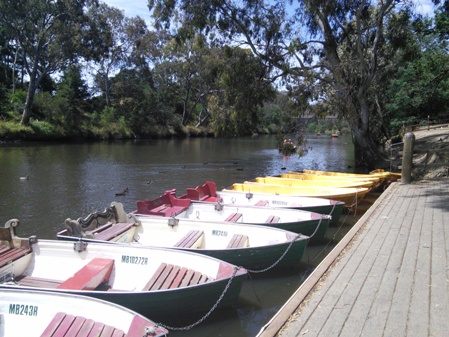
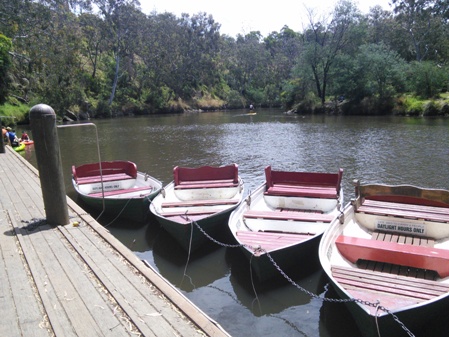
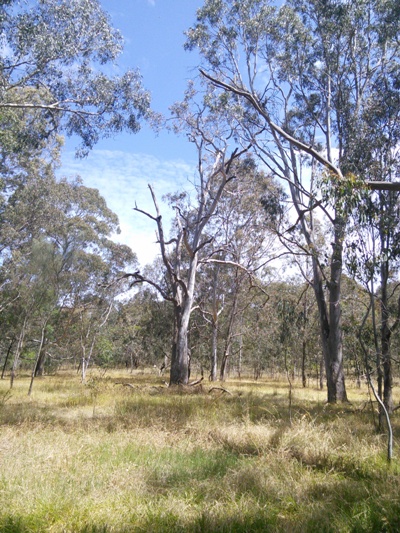
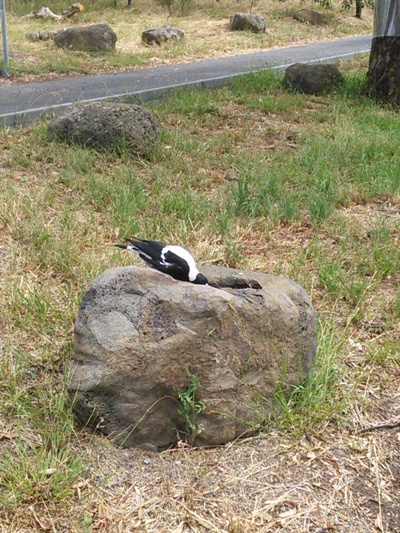

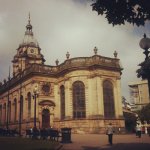


 Entries (RSS)
Entries (RSS)